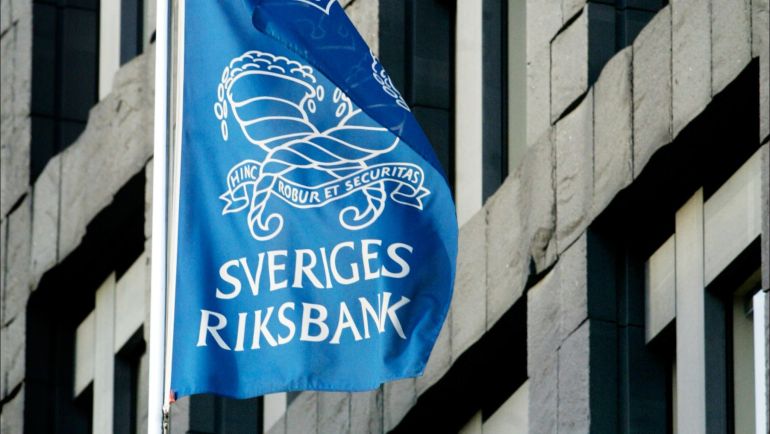Not all countries “play nicely” with each other, complicating how central bank digital currencies will interact with other payment systems, said Cecilia Skingsley, first deputy governor at the Swedish central bank.
Central bank digital currencies (CBDC) won’t be a “silver bullet” that solves all issues with cross-border payments, according to Cecilia Skingsley, first deputy governor of Sveriges Riksbank, Sweden’s central bank.
For instance, countries won’t necessarily “play nicely” with each other, making interoperability – or the way CBDCs interact with other payment systems – complex and layered, Skingsley said at the European Central Bank’s (ECB) annual forum on central banking held in Sintra, Portugal, on Tuesday.
“We have to think about different levels of interoperability,” Skingsley said, adding, “It’s going to be jolly hard for everybody who wants to be part of that to agree on governance and supervision and the like.”
Skingsley was joined on a panel by ECB Executive Board member Fabio Panetta; Ulrich Bindseil, ECB director general of Market Infrastructure and Payments; Princeton economist Markus Brunnermeier; and Neha Narula, a director of the Digital Currency Initiative at the MIT Media Lab.
Last year, payments giant Visa announced it was working on a platform that would enable interoperability between CBDCs and other private digital currencies such as stablecoins, which are pegged to the value of another asset such as the U.S. dollar or gold.
Skingsley, who recently became the head of the innovation arm at the Bank for International Settlements (BIS), an association of central banks from around the world, said BIS is set to release a report on CBDC interoperability in two weeks. The BIS Innovation Hub is conducting several CBDC experiments with central banks around the world.
In September 2021, BIS told central banks around the world they should start working on CBDCs because central bank money must evolve to fit into a digital future. At that time China had already made some progress on a digital version of the renminbi, its sovereign currency.
Now, countries around the world are looking into establishing a CBDC – which, panelists were told by Panetta, is at least in part in response to the crypto market boom when the market hit $2.7 trillion in October.
There are high expectations for CBDCs, from potentially streamlining cross-border payments to improving financial inclusion. According to the panelists, CBDCs will introduce competition to a digital payments world increasingly dominated by private banks.
But serious experimentation into CBDCs has only just begun and there are a host of implications and design elements to consider.
One thing that could complicate interoperability between different nations’ CBDCs is the level of access governments will be willing to provide to their CBDC, including how much individuals would be allowed to hold or even whether tourists should be able to use them to make payments, according to Skingsley.
It would be a more efficient and open system if, say, foreign payment service providers had access to CBDCs around the world, she said. But some countries could find that to be “too risky.”
“I think there will also be different choices and different levels of [barriers] that countries would like to choose,” Skingsley said. “So there won’t be one access model [that would] work for everybody.”
Skingsley’s own country, Sweden, is looking into creating a CBDC, the e-krona in a bid to safeguard the central bank’s authority over private banks at a time when the country is going cashless at a dramatic pace. Sweden has one of the lowest rates of cash usage in the world, with only 10% of the population paying with cash in 2020, down from 40% in 2010.
In April, Riksbank started enquiring about possible suppliers and technical options that can form the basis for an e-krona. Around the same time, Riksbank found that tests to integrate state-backed digital money into conventional banking systems were a success and it would continue examining the benefits the new technology could bring.
At the ECB forum, Skingsley said the Sveriges Riksbank have estimated that demand for e-krona could be worth around 10% of the country’s gross domestic product (GDP). For comparison, in 2019, cash in circulation in Sweden was at 1% of GDP.
“Providing as open infrastructures as possible could possibly help promote competition in the payment markets, not only domestically, but also across borders and put a bit of pressure on private solutions,” Skingsley said.
